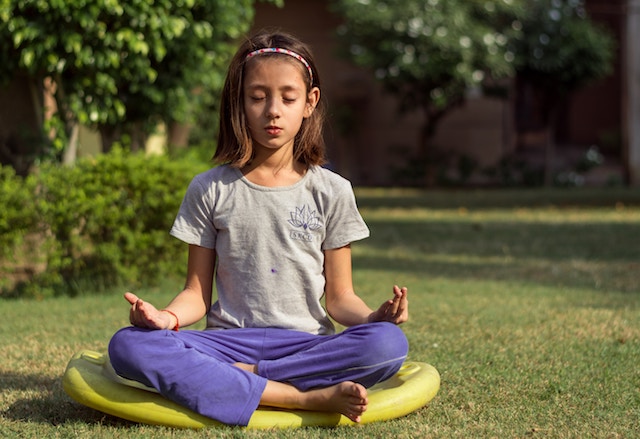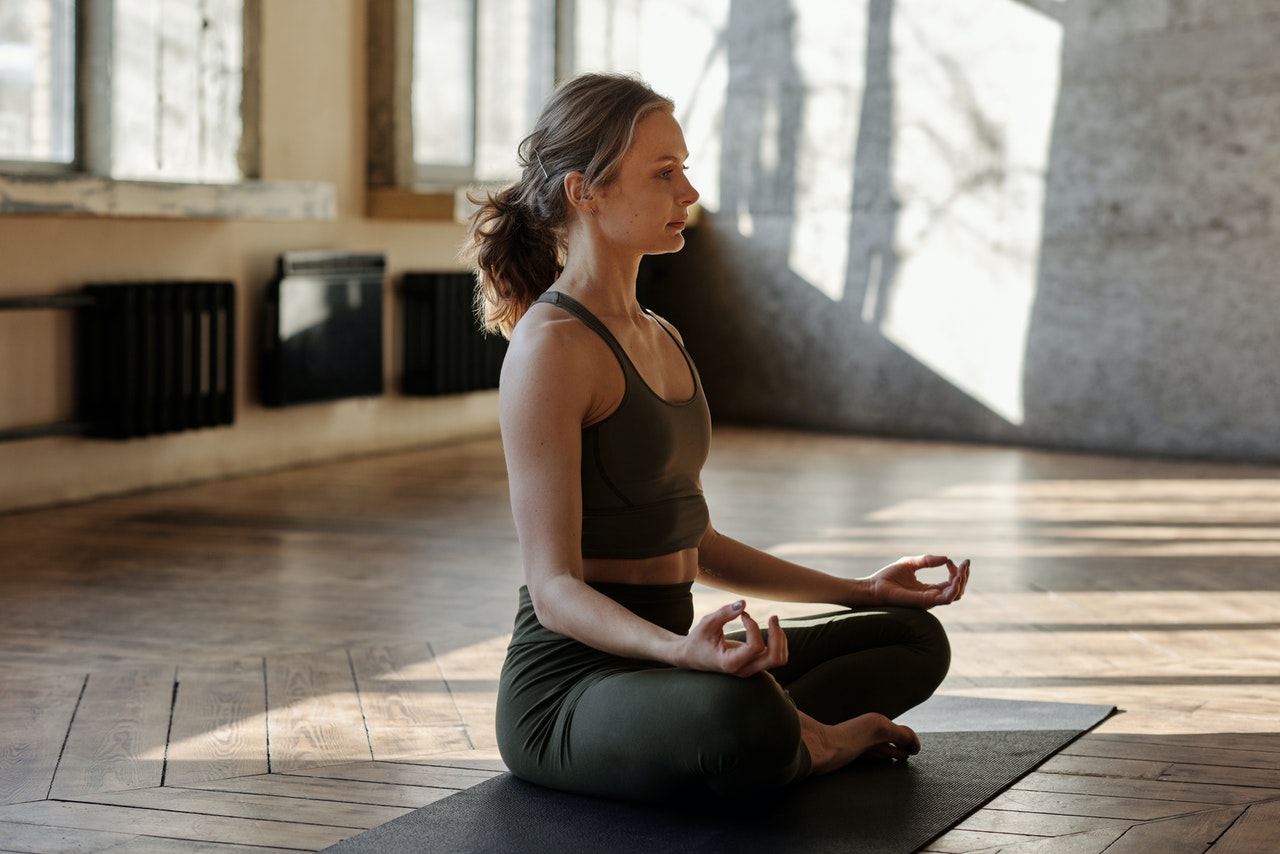Forget lines or standing outside the principal’s office, detention has started to look a little different for a school in the US using meditation and mindfulness as an alternative to detention. You can read the full article here if you didn’t catch our recent Facebook post.
You don’t need to adopt a whole new program to reap some benefits of the mindful movement sweeping across the world. This week we give you some tips you can use for incorporating some mindful practices into the classroom. These can be used for students, for yourself before class or even at your next teacher’s meeting.

But as with trends and buzzwords, we start to see it so much that we might wonder: what does Mindfulness even mean?
Activity 1: Mindful Eating
I have done this with raisins or mandarin oranges—but some use chocolate, too. Whatever works. First, get the group to hold the item in their fingers bringing the attention to it. Start to observe it carefully, guiding the students to bring their full attention:
How does it look? (Shapes, colours, texture)
How does it feel? (Close your eyes for extra support in feeling the texture and size etc.)
Lift it up to your nose, how does it smell?
Bring awareness to sensations in the body.
How does it taste? (don’t chew immediately, but explore and notice)
Notice how your body as a whole is feeling after completing this exercise. Encourage feedback.
 Activity 2: Triangle Breathe
Activity 2: Triangle Breathe
Did you know that many of us only breathe from our chest up? Deep breathing can help calm the nervous system. Get students to sit in a comfortable sitting position, any which allows the spine to be nice and long. Start simply with practising inhaling into the belly through the nose, noticing the belly rise and chest expand. Having a hand placed on your belly can usefulful to focus. Pause. Then exhale as the belly pulls in towards the spine and the shoulders relax. Encourage students to continue in their own breathe pace. Once this feels more natural you can introduce Triangle Breathe. This is the same as before but you add a count of 4 on the inhale, hold your breathe for 4, and then exhale for 4. Repeat.
Activity 3: Body Scan
Start by bringing the awareness to the body in a game of shaking each body part, make it fun-dance around and shake it all out! Then ask the students to lie down and bring attention to their body on the floor. Ask them to close their eyes, it might take a while to get them from giggling, but start to guide them through. First, get them to take some breathes like in the previous activity but notice the difference when lying down. As they inhale ask them to notice the tensing of the body parts and on the exhale notice more relaxation. Guide them to notice their feet on the floor, the sensations of the air around and the heat/ temperature. Notice the weight, where feels heavy or light. Guide them through each part of the body until each part has made up the whole. Get them to lie here a while and then when you’re ready, you can ask them to open their eyes. You can find body scan guides online, too so that can help you guide the students.



